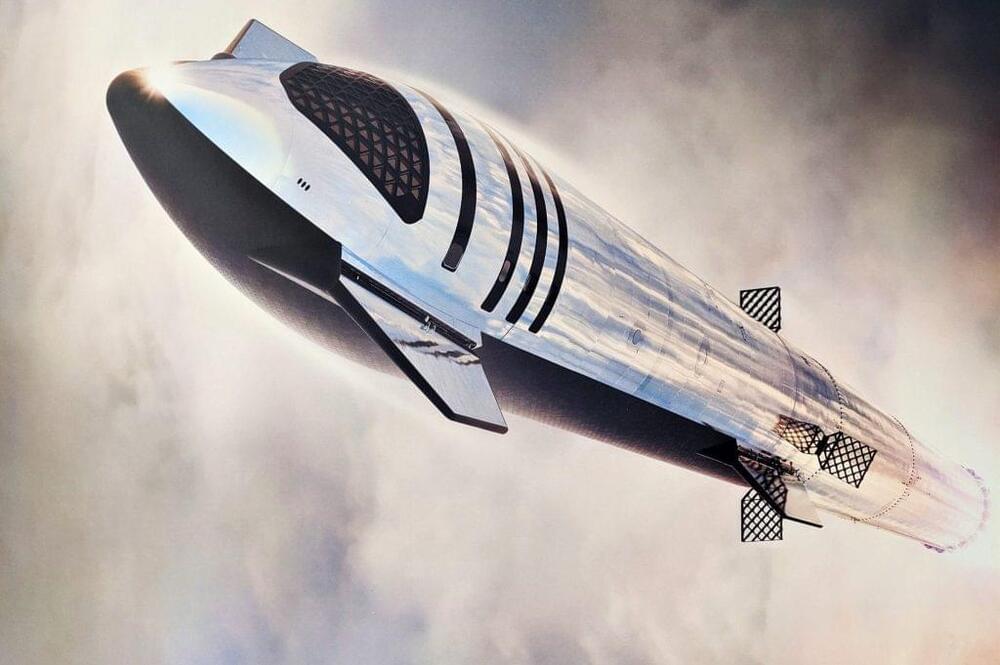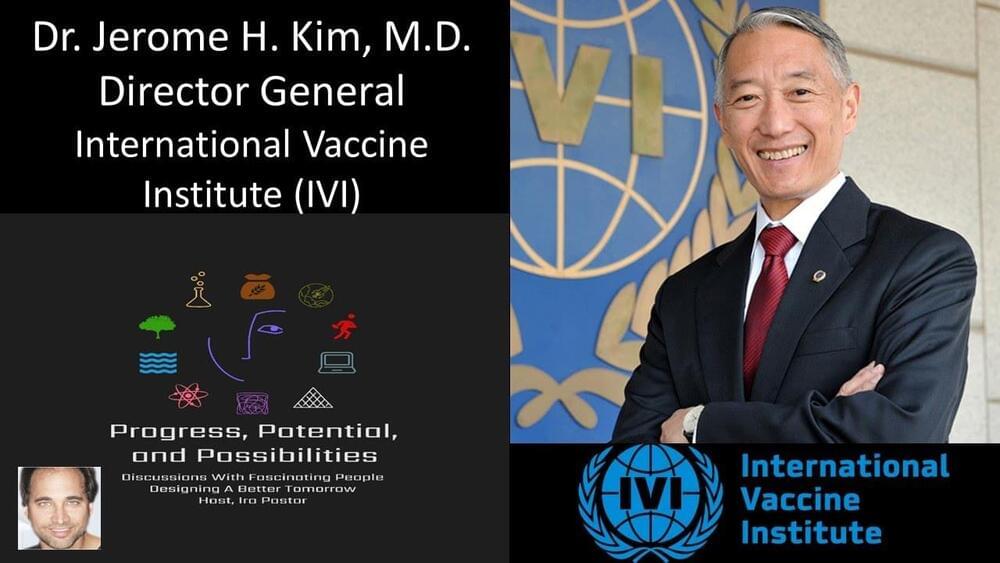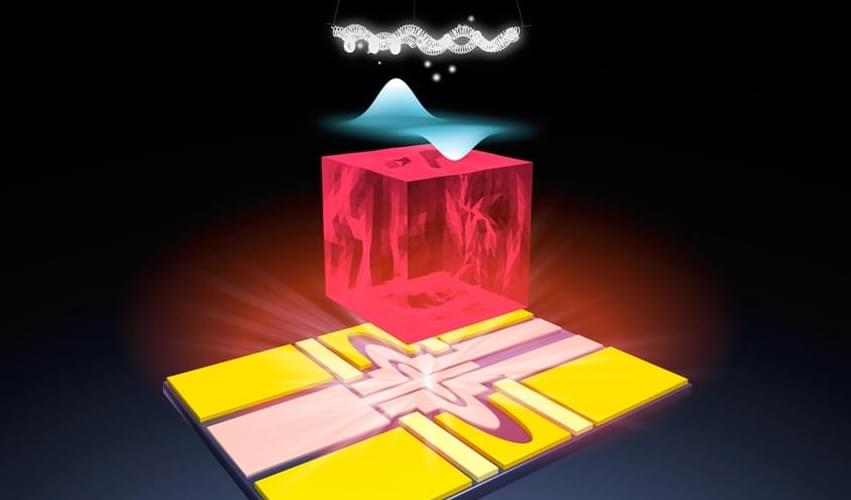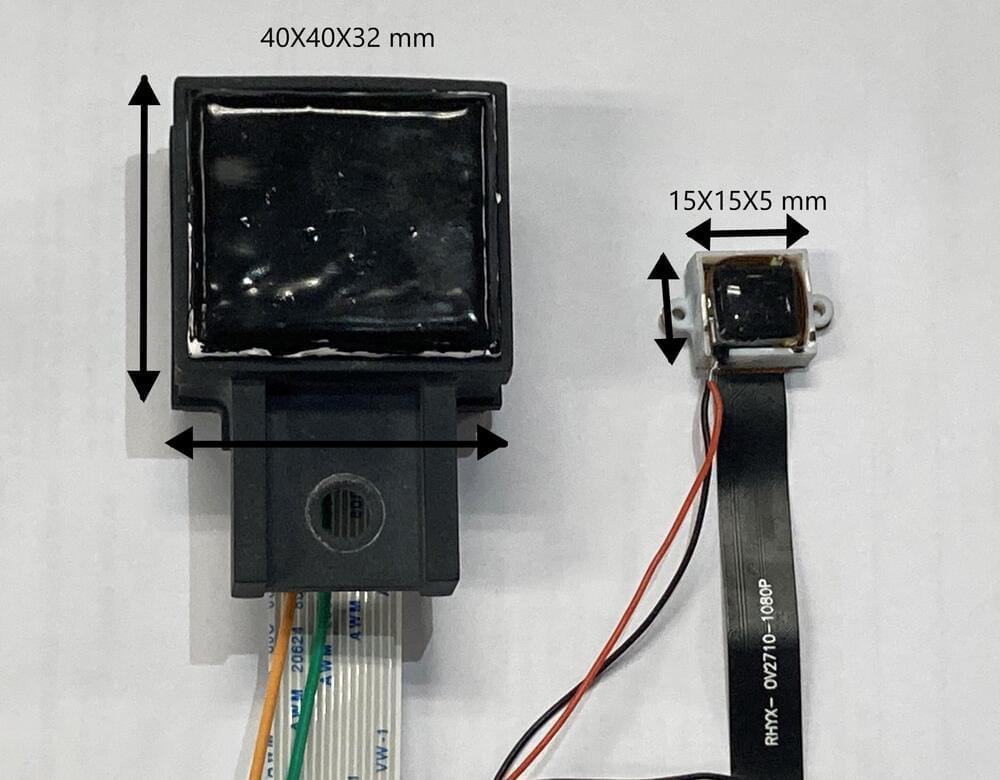May 11, 2022
Discovering new properties of magnetism that could change our computers
Posted by Dan Breeden in categories: computing, physics
Modern computers use electrons to process information, but this design is starting to reach theoretical limits. However, it could be possible to use magnetism instead and thereby keep up the development of both cheaper and more powerful computers, thanks to work by scientists from the Niels Bohr Institute (NBI) and University of Copenhagen. Their study is published in the journal Nature Communications.
“The function of a computer involves sending electric current through a microchip. While the amount is tiny, the current will not only transport information but also contribute to heating up the chip. When you have a huge number of components tightly packed, the heat becomes a problem. This is one of the reasons why we have reached the limit for how much you can shrink the components. A computer based on magnetism would avoid the problem of overheating,” says Professor Kim Lefmann, Condensed Matter Physics, NBI.
“Our discovery is not a direct recipe for making a computer based on magnetism. Rather we have disclosed a fundamental magnetic property which you need to control, if you want to design a such computer.”


















